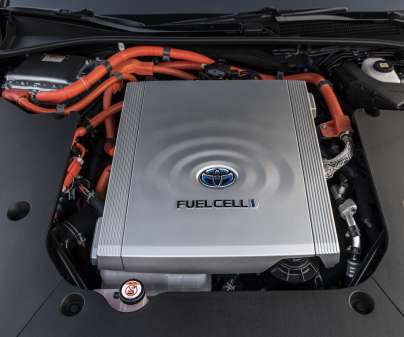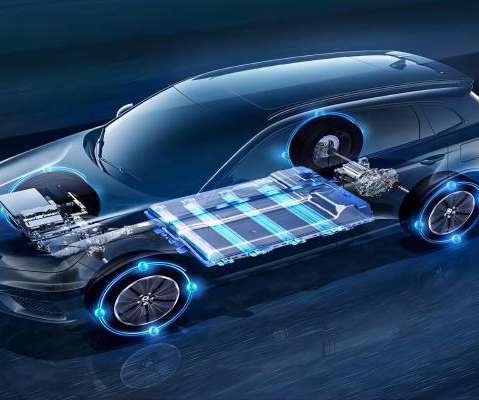Honda expanding partnership with SNAM on second-life batteries and battery recycling in Europe
Green Car Congress
APRIL 17, 2020
The expansion of this agreement will see SNAM collect Lithium-ion and Nickel Metal Hydride (NiMH) batteries from across Honda’s dealer network and Authorized Treatment Facilities (ATF) in 22 countries, before analyzing how suitable they are for recycling and processing them accordingly.

















Let's personalize your content